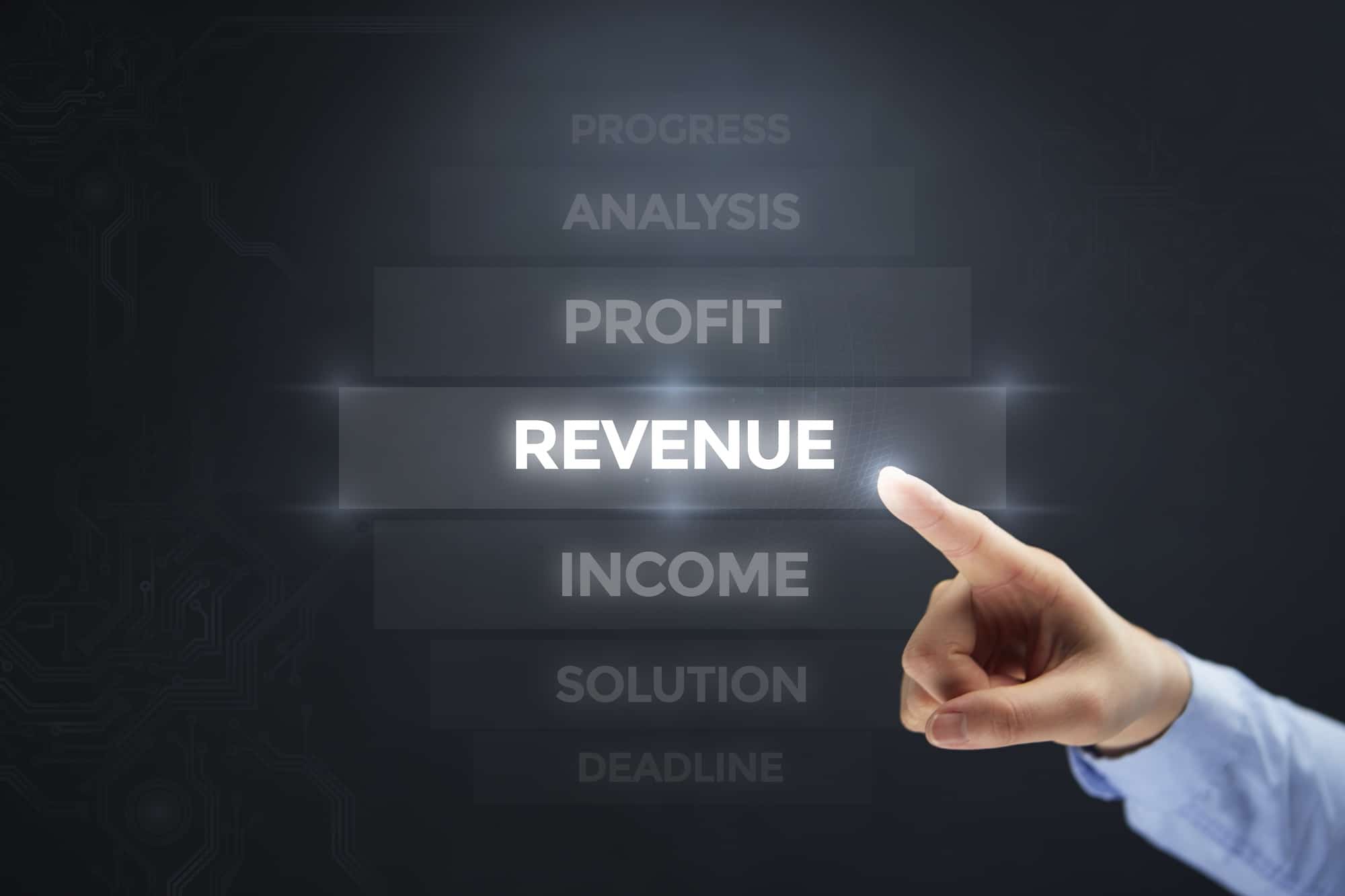It seems to go against the grain of strict accounting rules, but it is true nonetheless: How you organize your financial statements is entirely up to you. It’s a freedom that can help you better understand your business — so long as you tread carefully.
Nowhere is this freedom more important, and more often abused, than in the “Income” section of your P&L. What you consider income and when you recognize it (called revenue recognition) are key to a good understanding of your business. Do it wrong and you’ll not only fool yourself about your income, but you could get cross-ways with the IRS. Do it right and it will open your eyes to opportunities for new customers and new profits.
Take these examples: refunds, rebates, interest income, sales tax paid by customers, and reimbursed expenses. All of these kinds of “income” might find their way to the Revenue section at the top of your Income Statement. But should they? If both interest income and sales income were given equal importance on your Income Statement, would you make better business decisions or worse?
Although the Income Statement (also called a P&L) gives you the ability to categorize income any way you wish, avoid getting mislead by your own financial statements by following some simple rules. Here’s 4 Rules for Correct Revenue Recognition:
Properly answering these questions will sort the true “Income” from things that might simply look like income. Let’s look at some examples.
Taxes
For nearly every retail sale made in this country, a business collects an amount of sales tax. That payment comes from a customer and is related directly to the transaction. But are the terms of that tax payment under our direct control? Not really. Sales tax payments fail test #1 and are therefore NOT revenue.
In fact, the collection and remittance of sales tax is so far out of our control that we do not include it on the income statement at all — but rather on the balance sheet. But that’s a discussion for another day.
Rebates
Here’s another one. Say your business collects rebates from the manufacturer of the product you sell (like a car dealer gets a “dealer rebate”). Should you include that rebate in the Income section of your P&L?
I would argue that Rebates fail test #2 — they do not come directly from the people we call customers. Because a rebate is paid by your supplier, it is not truly revenue. Instead, rebates probably should be classified as a negative expense. That is, instead of increasing income, a rebate should reduce expense. That sounds like it might be splitting hairs, but it is not. Putting rebates into the expense categories (more specifically into Cost of Goods Sold), will give us a more accurate Gross Margin calculation as well as a truer picture of actual sales.
Long-term Contracts
What about future income that is part of a sale we make today? That’s where test #4 comes in. Timing is critical to the process we call “revenue recognition“. If you did not actually earn it this month, then it is not properly categorized as income during this month. It may well be income — as in the case of a long-term contract — but until you have earned it (usually by expending the associated costs or labor), it cannot be categorized as income. Instead, future revenue — or “deferred revenue” — is best listed on the balance sheet until it is earned.
Adding it Up
It’s easy to imagine a company that has all of these kinds of “income” and incorrectly piles them into the P&L. Doing so could make one month look amazing — with huge income from long-term contracts, rebates, taxes and more. The party would be over pretty quickly, however, when the next month came and there were only expenses to show. That kind of misclassified and “lumpy” income makes running a profitable business way more complicated that it needs to be.
Getting the hang of this? Want to learn a bit more? This topic is just one of the hundreds of lessons I’ve included in my new book, The Entrepreneur’s Guide to Financial Statements. You can order now from Amazon or Barnes & Noble. Don’t be concerned if they tell you it is “Out of Stock” — it’s been flying off the shelf — there are always more copies on the way to both stores. Your order will be filled as quickly as possible.
Dedicated to your (correctly recognized) profits, David
8326 Pineville Matthews Rd #407
Box #473831
Charlotte, NC 28226
Phone: (980) 819-0510
© 2018-2024 Fuse Financial Partners LLC. All rights reserved.